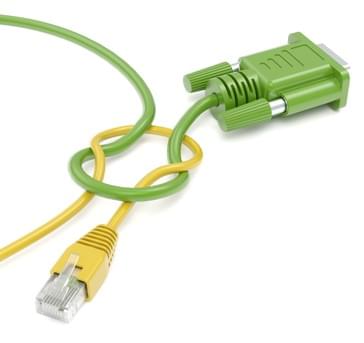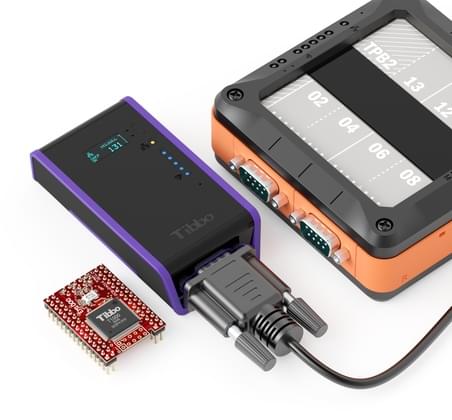RS232 ports may have disappeared from your PC, but serial interfaces continue to be widespread in many industries such as automation, security, and IT.
Tibbo's serial-over-IP solutions marry the simplicity of serial communication with the TCP/IP networking of the Internet age.
We supply external SoI controllers (a.k.a. "Device Servers"), as well as embedded serial-to-Ethernet modules.
Because our SoI devices also offer Wi-Fi and 4G/LTE cellular connectivity, we refer to them as serial-over-IP, and not just serial-over-Ethernet products.









